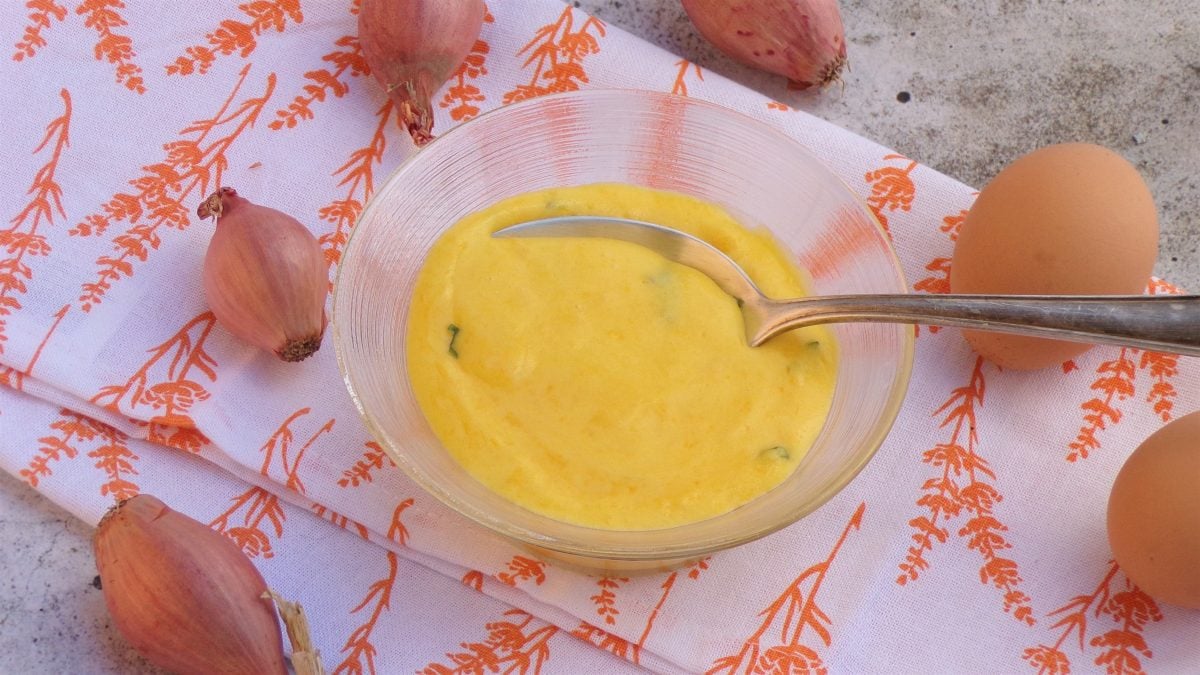
Béarnaise Sauce is a tasty and refined basic preparation, typical of French cuisine, used to accompany meat or fish main courses. It is a sauce made from shallots, tarragon, clarified butter, wine, vinegar and egg yolks, cooked in a bain-marie: with a dense and creamy final consistency, it is characterized by a slightly sour flavor and an intense yellow color.
What is Béarnaise Sauce? What is It Made Of?
Béarnaise sauce, a hallmark of French culinary artistry, was created in 1836 by Chef Jean-Louis-François Collinet at Le Pavillon Henri IV in Saint-Germain-en-Laye, near Paris. This sauce is a derivative of hollandaise, distinguished by its infusion of white wine vinegar, shallots, tarragon, and chervil, offering a rich, herbaceous flavor. Collinet named it in honor of King Henry IV, born in the Béarn region, whose bust adorned the restaurant.
The journey of Béarnaise sauce to the United States is somewhat obscure. It likely gained popularity post-World War II, appearing in American cookbooks such as "Tante Marie’s French Kitchen" (1949) and Julia Child’s "Mastering the Art of French Cooking" (1961) . Despite its late documentation, French restaurants in cities like New York and New Orleans may have introduced Béarnaise earlier, brought over by French chefs in the late 19th century. Today, Béarnaise remains a staple in American steakhouses, celebrated for its ability to enhance the flavors of grilled meats and seafood.
Pro Tips for The Best Béarnaise Sauce
- Finely mince the shallots for the reduction. Their subtle sweetness and acidity form the flavor backbone of the sauce, and uniform chopping ensures they blend seamlessly.
- When emulsifying the egg yolks, keep the heat low and use a double boiler or bain-marie. High heat can scramble the eggs, turning your sauce into a curdled mess.
- Using clarified butter helps create a smoother, more stable emulsion. Warm (not hot) clarified butter should be added slowly while whisking continuously.
- Vigorous and steady whisking is essential during the emulsification process. This ensures the butter integrates perfectly with the egg yolks without separating.
- The sauce should coat the back of a spoon—not be overly thick. Add a teaspoon of warm water if it becomes too dense.
What Does Béarnaise Sauce Taste Like?
Béarnaise sauce has a rich, creamy, and buttery flavor with a bright tanginess from vinegar and a fragrant herbal note from fresh tarragon and chervil. The shallots add a subtle sweetness, while the egg yolks give it a silky, custard-like texture. It’s essentially a more aromatic cousin of Hollandaise, with a balance of acidity, savory richness, and herbal freshness that makes it especially perfect with grilled meats and fish.
What is the Difference Between Béarnaise Sauce and Hollandaise?
Béarnaise sauce and Hollandaise sauce are both classic French emulsions made with egg yolks and butter, but they differ in flavor and ingredients:
- Hollandaise is tangy and creamy, made with lemon juice, butter, and egg yolks. It’s simple and citrusy.
- Béarnaise builds on Hollandaise by replacing lemon juice with a reduction of white wine vinegar, shallots, and tarragon, adding an herbaceous and more complex flavor.
Alternatives to Béarnaise Sauce
If you need an alternative to Béarnaise sauce, try Hollandaise for a similar creamy texture with a citrusy twist. Aioli offers a garlicky kick and works well with meats and veggies. For a lighter option, a tarragon-infused yogurt or crème fraîche sauce mimics Béarnaise’s herbal notes. Even a peppercorn or mustard cream sauce can serve as a flavorful stand-in for steak dishes.
What If I Can't Find Tarragon?
If you like, you can replace the tarragon with fresh thyme, marjoram or parsley and, for a creative version, flavor the sauce with a pinch of turmeric and sweet paprika powder.
What Can I Use Béarnaise Sauce For?
Serve Béarnaise with grilled steaks, roasted fish, or steamed vegetables. It shines when complementing rich proteins or subtly sweet ingredients like asparagus.
Can I Reheat Béarnaise Sauce?
Béarnaise sauce doesn’t reheat well. Prepare it just before serving and keep it warm over a hot water bath until ready to plate.
Can I Make Béarnaise Sauce Ahead of Time?
Not really! For the best texture and flavor, it's recommended to serve Béarnaise fresh.
Does It Freeze Well?
Béarnaise sauce does not freeze well due to its delicate emulsion of egg yolks and butter, which tends to separate and break when thawed.
How to Store Béarnaise Sauce
Store any leftover Béarnaise sauce in an airtight container in the refrigerator for up to 1 day.
To reheat, use a gentle double boiler method, whisking constantly and adding a touch of warm water to help revive the texture. Avoid microwaving, as it can cause the sauce to split.
Ingredients
How to Make Béarnaise Sauce
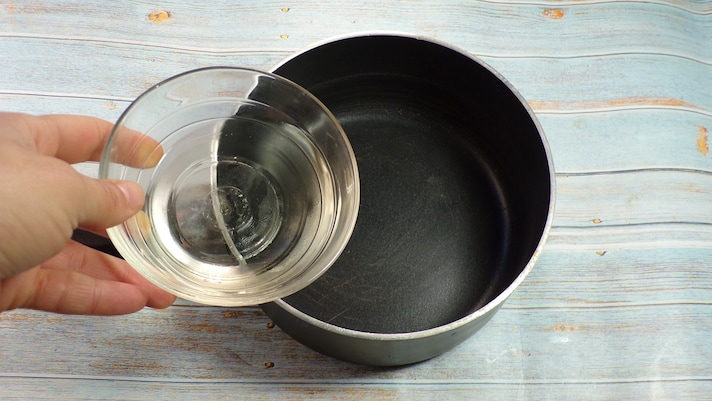
Pour the wine into a saucepan.
Pour the wine into a saucepan.
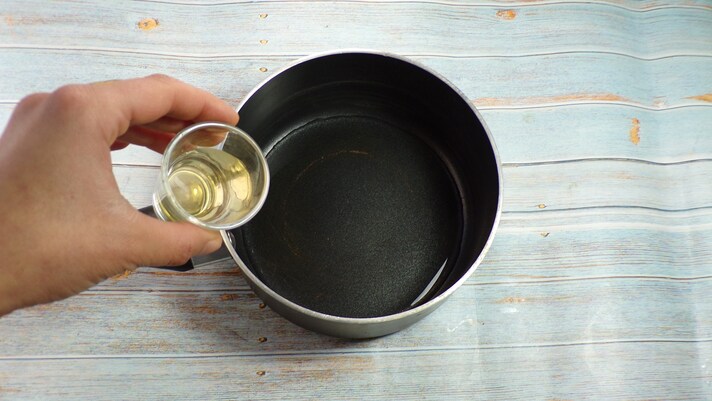
Add the vinegar.
Add the vinegar.
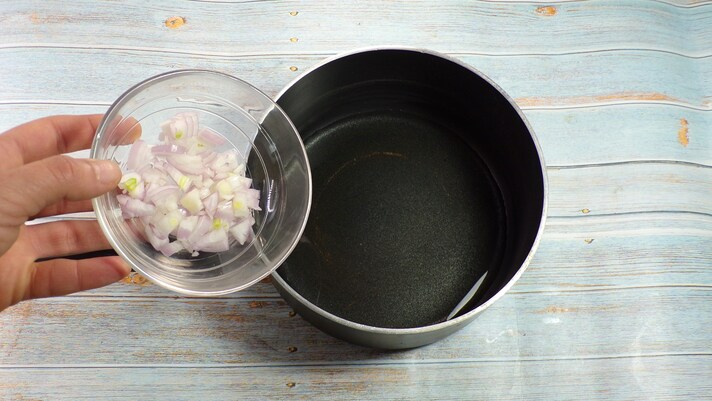
Add the chopped shallot.
Add the chopped shallot.
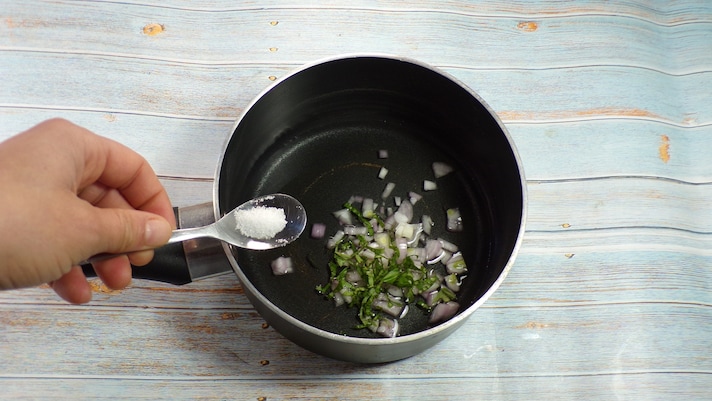
Add the chopped tarragon and salt.
Add the chopped tarragon and salt.
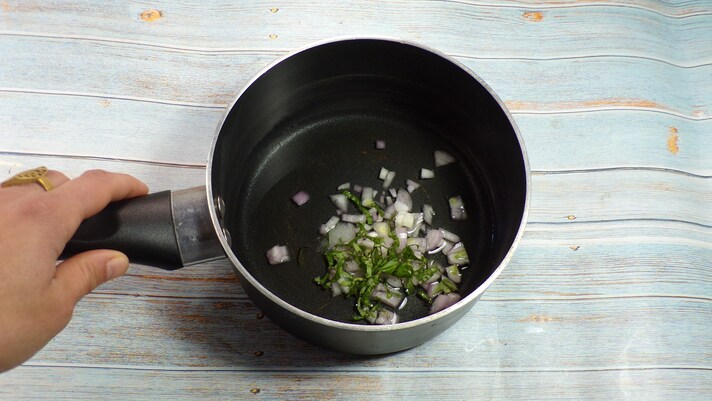
Put it on the stove and cook everything over a low flame.
Put it on the stove and cook everything over a low flame.
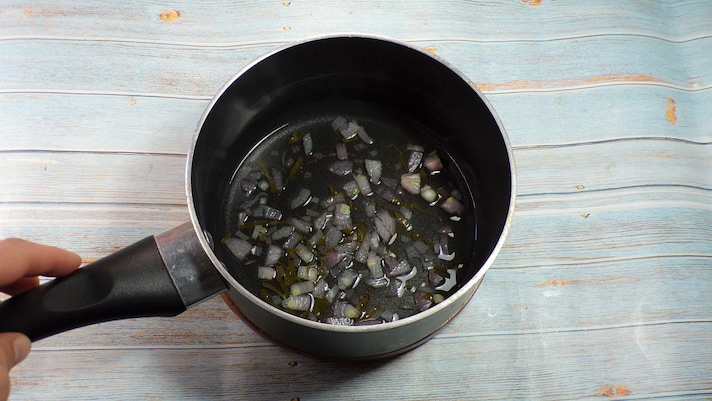
At the end the liquid should have halved.
At the end the liquid should have halved.
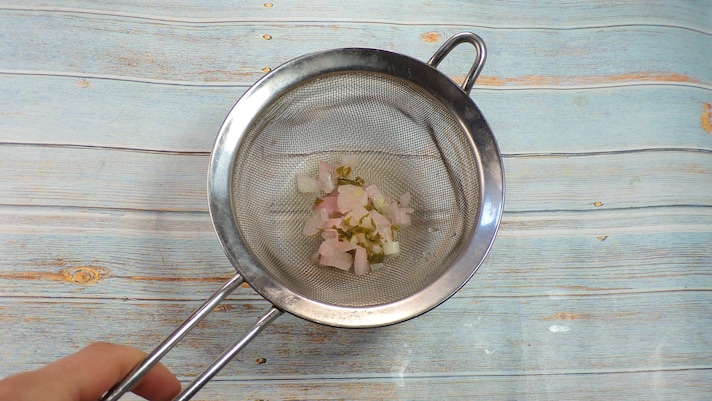
At this point filter it through a fine mesh strainer.
At this point filter it through a fine mesh strainer.
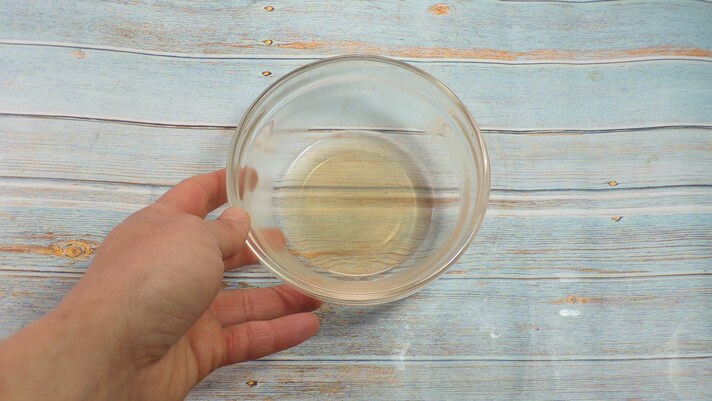
Let it cool down thoroughly.
Let it cool down thoroughly.
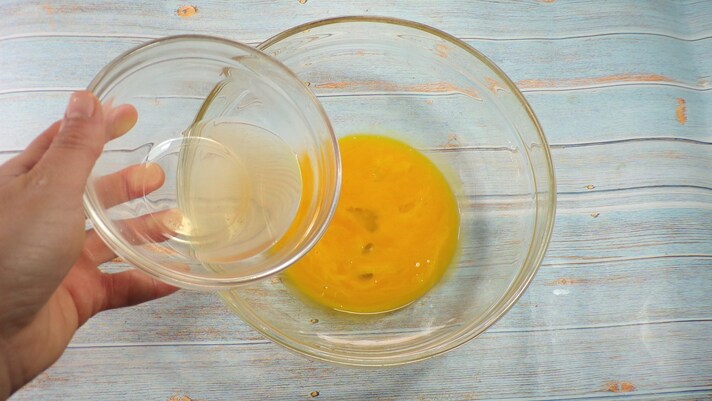
Pour the now cold liquid into a bowl with the egg yolks.
Pour the now cold liquid into a bowl with the egg yolks.
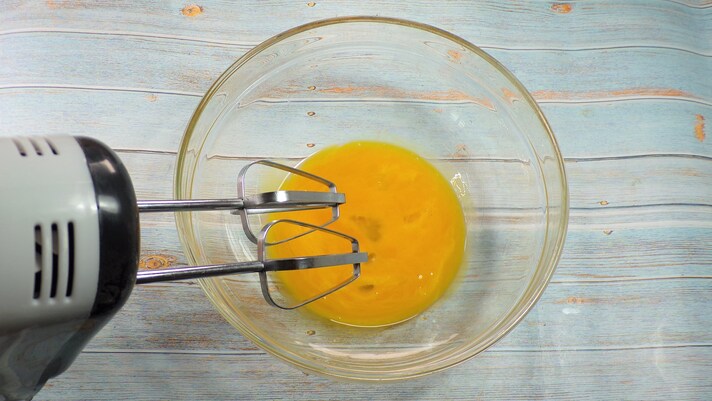
Start working everything with the electric whisk.
Start working everything with the electric whisk.
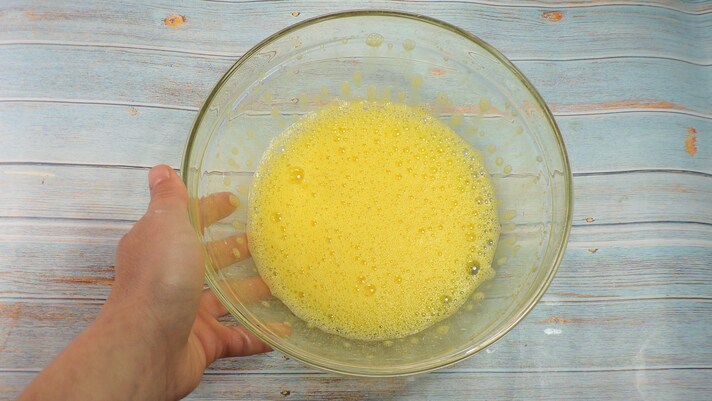
At the end the mixture should be frothy.
At the end the mixture should be frothy.
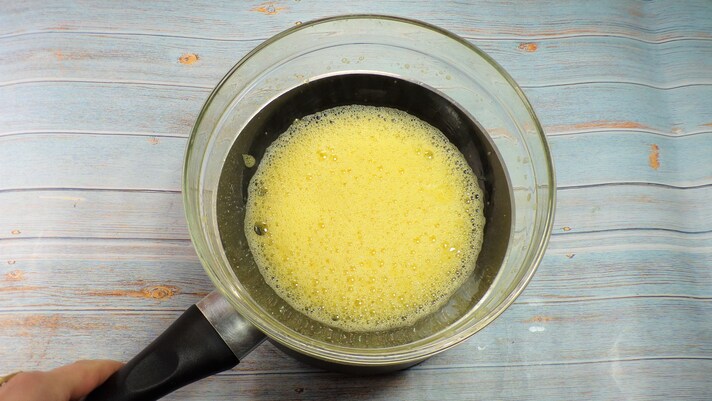
Place the bowl over a saucepan filled with water, taking care that the water does not touch the bottom of the bowl.
Place the bowl over a saucepan filled with water, taking care that the water does not touch the bottom of the bowl.
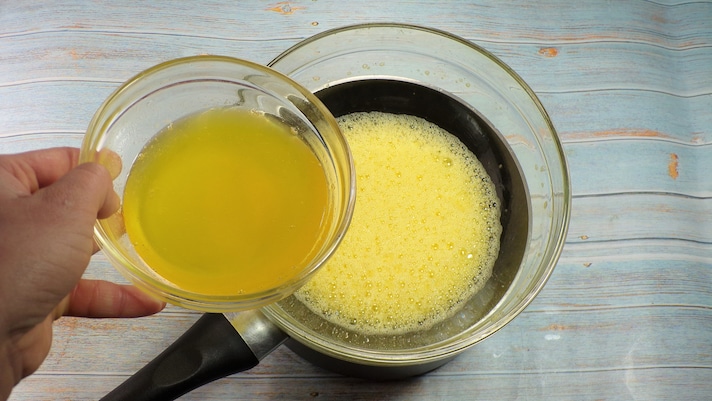
Add the clarified butter little by little.
Add the clarified butter little by little.
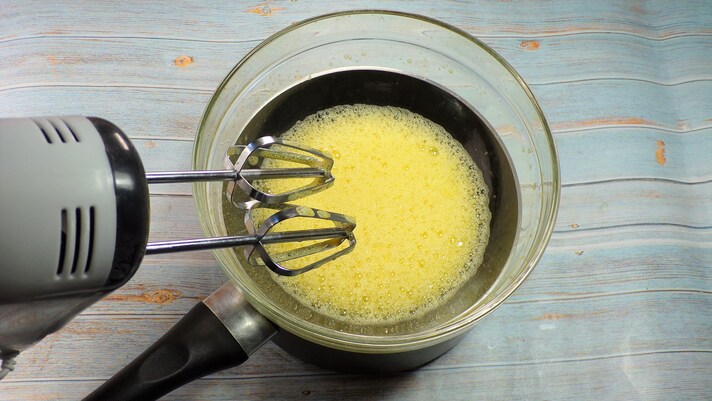
Place on the heat and cook in a bain-marie, working everything with an electric whisk.
Place on the heat and cook in a bain-marie, working everything with an electric whisk.
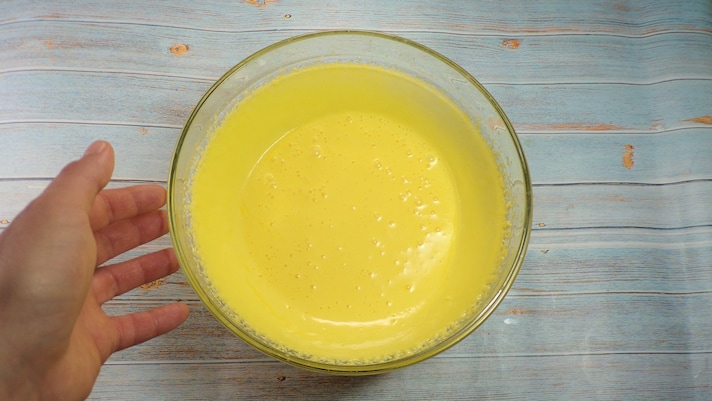
The sauce will be ready when it has reached a thick and creamy consistency. Finish with more chopped tarragon and a sprinkle of white pepper.
The sauce will be ready when it has reached a thick and creamy consistency. Finish with more chopped tarragon and a sprinkle of white pepper.
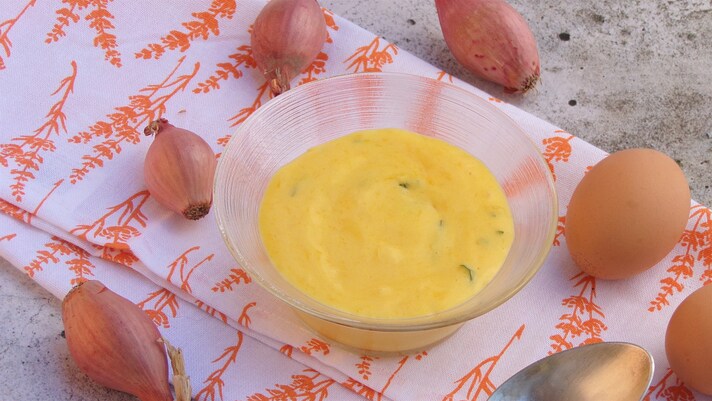
Enjoy as you please!
Enjoy as you please!
;Resize,width=767;)
